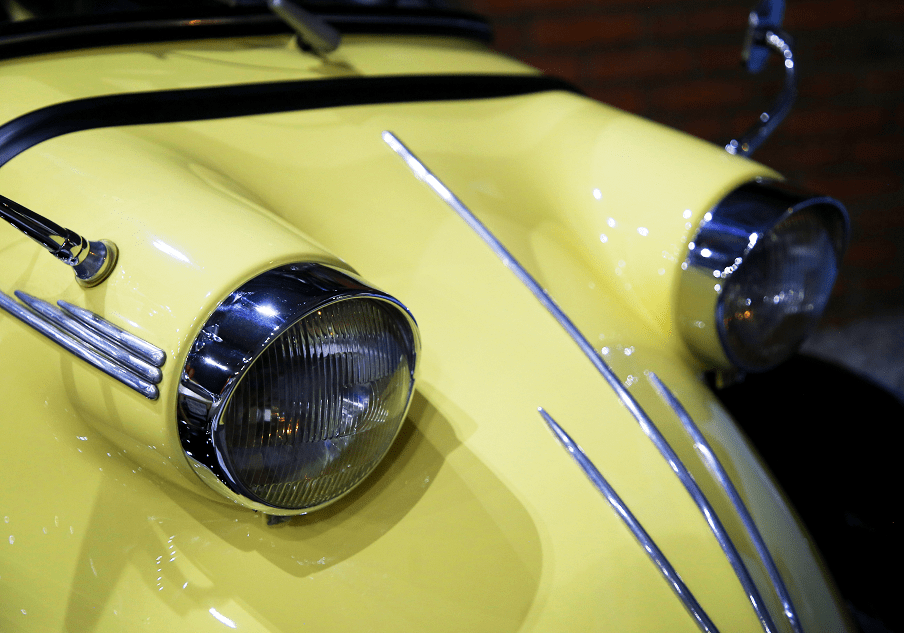V-1/A-2/Fi-103/Flakzielgerät FZG 76
The V-1 flying bomb (German: Vergeltungswaffe 1 “Vengeance Weapon 1”) was an early cruise missile. Its official Reich Aviation Ministry (RLM) designation was Fi 103. It was also known to the Allies as the buzz bomb or doodlebug and in Germany as Kirschkern (cherry stone) or Maikäfer (maybug).
The V-1 was the first of the Vergeltungswaffen (V-weapons) deployed for the terror bombing of London. It was developed at Peenemünde Army Research Center in 1939 by the Luftwaffe at the beginning of the Second World War, and during initial development was known by the codename “Cherry Stone”. Due to its limited range, the thousands of V-1 missiles launched into England were fired from launch facilities along the French (Pas-de-Calais) and Dutch coasts.
The Wehrmacht first launched the V-1s against London on 13 June 1944, one week after (and prompted by) the successful Allied landings in France. At peak, more than one hundred V-1s a day were fired at southeast England, 9,521 in total, decreasing in number as sites were overrun until October 1944, when the last V-1 site in range of Britain was overrun by Allied forces. After this, the Germans directed V-1s at the port of Antwerp and at other targets in Belgium, launching a further 2,448 V-1s. The attacks stopped only a month before the war in Europe ended, when the last launch site in the Low Countries was overrun on 29 March 1945.
As part of operations against the V-1, the British operated an arrangement of air defences, including anti-aircraft guns, barrage balloons, and fighter aircraft, to intercept the bombs before they reached their targets, while the launch sites and underground storage depots became targets for Allied attacks including strategic bombing.
In 1944, a number of tests of this weapon were apparently conducted in Tornio, Finland. On one occasion, several Finnish soldiers saw a German plane launch what they described as a bomb shaped like a small, winged aircraft. The flight and impact of another prototype was seen by Finnish frontline soldiers; they noted that its engine stopped suddenly, causing the V-1 to descend sharply, and explode on impact, leaving a crater 20–30 metres (66–98 ft) wide. These V-1s became known by Finnish soldiers as “flying torpedoes”.
Designer: Robert Lusser
Country: Nazi Germany
Manufacturer: Fieseler
In service: 1944–1945
Length: 8.32 m (27.3 ft)
Width 5.37 m (17.6 ft)
Height 1.42 m (4 ft 8 in)
Engine: Argus As 109-014 Pulsejet
Max speed: 640 km/h (400 mph)
Range: 250 km (160 mi)
Ceiling: 3,100 m
Mass: 2,150 kg (4,740 lb)
Unit cost: 10,000 RM













